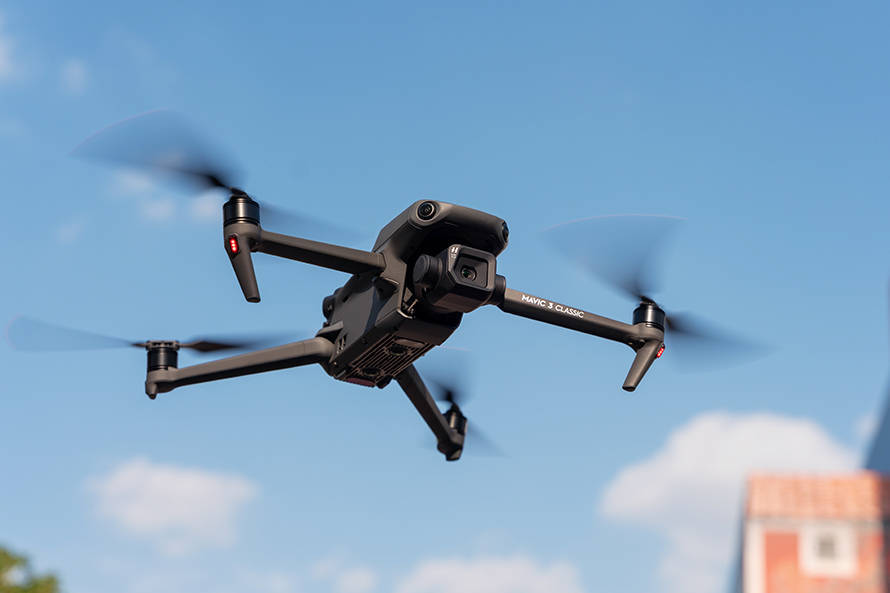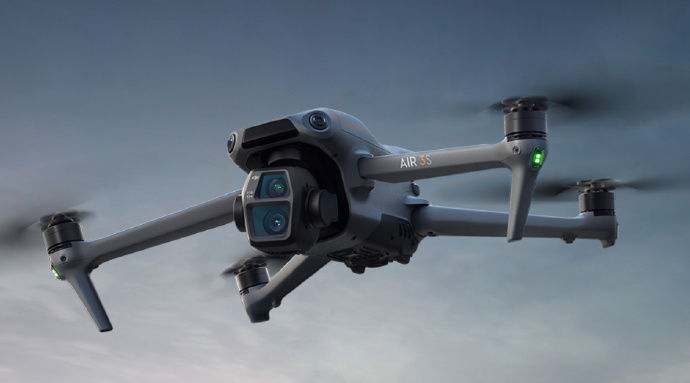The future of warfare is rapidly evolving, and at the forefront of this change is the war drone. These unmanned aerial vehicles (UAVs) have transformed how battles are fought, providing military forces with new capabilities and strategic advantages. As technology continues to advance, the role of war drones in modern combat increasingly expands, challenging traditional military paradigms.
The Rise of War Drones
War drones have become a crucial asset for military operations worldwide. Initially developed for surveillance and reconnaissance, these drones now perform a wide range of functions, from targeted strikes to intelligence gathering. With their stealthy design and advanced technology, war drones can be deployed in hostile environments without risking human lives.
In recent years, defense departments have heavily invested in drone technology, recognizing its strategic importance. The ability to operate remotely allows forces to engage in operations with greater precision and minimal collateral damage, a significant advantage in complex combat zones. This technological evolution has resulted in a new era of warfare, where decisions are often made based on real-time data collected by drones.
Technological Advancements
As technology progresses, war drones are becoming more sophisticated. Modern drones are equipped with advanced sensors, high-resolution cameras, and precise navigation systems. This enhances their ability to gather critical intelligence and perform complex missions efficiently. Artificial intelligence (AI) integration is another breakthrough, enabling drones to make autonomous decisions during missions. These intelligent systems analyze data to predict enemy movements, identify targets, and even execute missions with minimal human intervention.
The enhancement of communication technologies has further augmented the operational range of drones. With advancements like 5G networks, drones can be controlled over long distances with little to no latency, allowing for real-time video streaming and instant decision-making, pivotal in fast-paced combat scenarios.
Ethical and Legal Considerations
With the increase in drone use, ethical and legal challenges have emerged. The question of accountability in automated warfare is a significant concern. When drones make autonomous decisions, determining who is responsible for wrongful actions becomes complex. International laws governing the use of drones are still evolving, struggling to keep pace with technological advancements. This ambiguity often leads to debates about the legality of drone strikes in sovereign territories without explicit consent.
The psychological impact on drone operators, who control strikes remotely, is another ethical issue. While they are removed from the battlefield, the toll of remote combat can affect their mental health, raising concerns about long-term psychological harm.
War Drones and International Relations
The strategic use of war drones has far-reaching implications for international relations. On one hand, drones provide a tactical advantage by offering superior surveillance and precision strike capabilities. On the other, they can destabilize international relations, especially when used in covert operations. Countries that feel their sovereignty violated by drone incursions may view them as acts of aggression, potentially escalating conflicts.
Furthermore, the proliferation of drone technology could lead to an arms race, where states compete to develop the most advanced UAV capabilities. This raises concerns about drones falling into the hands of non-state actors or terrorist organizations, who may exploit them for nefarious purposes.
Future Prospects
Looking ahead, the role of war drones in shaping the future of warfare appears destined to grow even more significant. As AI continues to evolve, drones will likely become more autonomous, performing an expanding array of tasks without human intervention. This could lead to fully autonomous combat missions, where human oversight is minimal or unnecessary.
Moreover, advancements in drone swarm technology, where multiple drones work together as a cohesive unit, could revolutionize battlefield strategies. Swarm technology allows drones to coordinate their actions seamlessly, overwhelming enemy defenses with sheer numbers and strategic maneuvers.
FAQs on War Drones
Q: How do war drones impact civilian safety?
A: While war drones offer increased precision, minimizing unintended casualties, there are instances of civilian harm. It underscores the importance of robust operational protocols and international regulations to ensure civilian protection.
Q: Can war drones be hacked?
A: As with any connected technology, war drones are susceptible to cyber attacks. Securing drone communication networks is essential to prevent hostile forces from taking control, which could have severe repercussions.

Q: What is the future of warfare with drones?
A: The future indicates a trend towards increased autonomy and AI integration in drones, likely leading to more sophisticated and strategic uses in various military operations. Swarm technology and enhanced AI capabilities will further transform combat tactics.